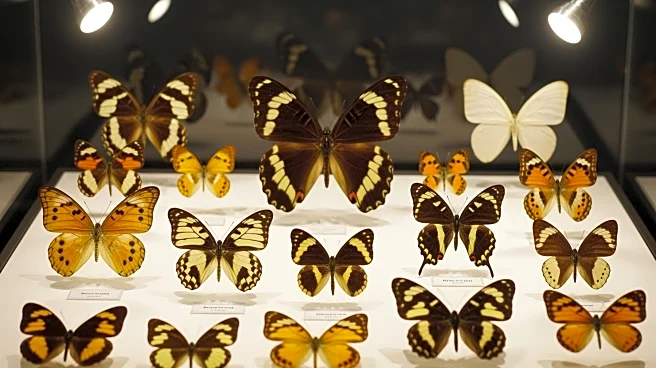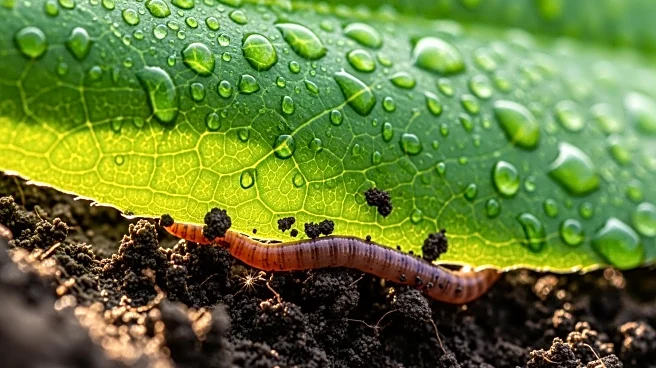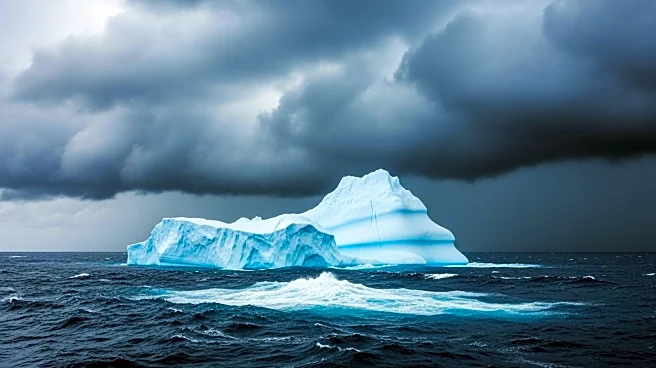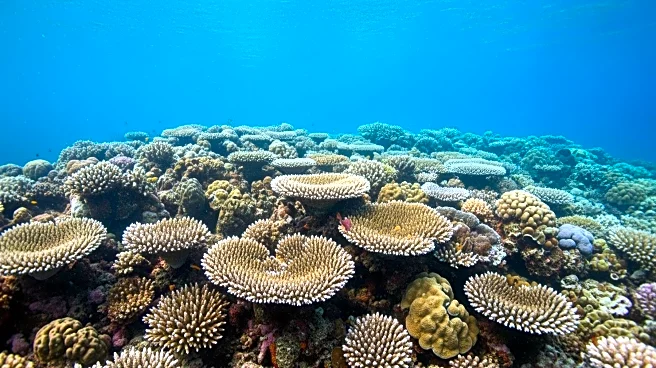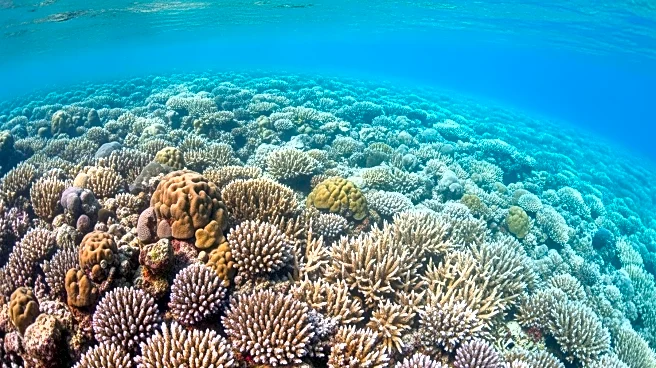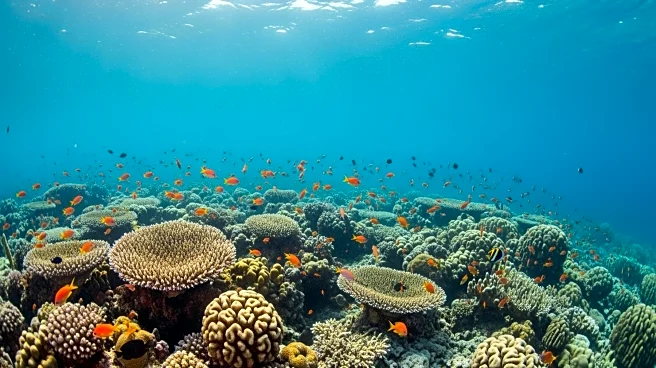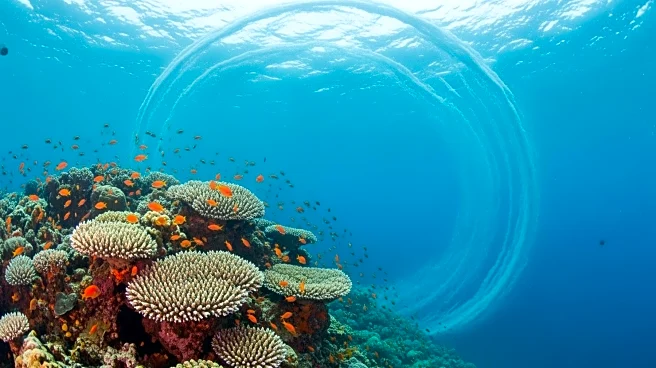What's Happening?
The Antarctic krill fishery is under scrutiny due to a significant decline in global marine specimen collections, as highlighted in recent scientific data. This decline is particularly notable in regions
traditionally rich in biodiversity data, such as North America and Western Europe. The reduction in specimen collection is attributed to various factors, including resource constraints, regulatory challenges, and shifting public perceptions. This trend poses a threat to the scientific understanding and management of fisheries, including the Antarctic krill fishery, which relies on comprehensive biodiversity data for effective management.
Why It's Important?
The decline in specimen collection has far-reaching implications for biodiversity science and the management of marine resources. As specimen-based data is crucial for understanding ecological changes and predicting future trends, the reduction in data collection could impair the ability to address environmental challenges such as climate change and biodiversity loss. This situation could lead to higher uncertainty in scientific inferences and hinder evidence-based policymaking. The Antarctic krill fishery, which is vital for marine ecosystems and commercial interests, may face challenges in sustainable management due to the lack of comprehensive data.
What's Next?
To address the decline in specimen collection, there is a need for strategic planning and investment in natural history collections. This includes integrating emerging technologies and data-driven approaches to enhance the value of existing specimen data. Additionally, fostering international collaboration and securing funding for biodiversity research are essential steps to ensure the continued contribution of natural history collections to global environmental challenges.
Beyond the Headlines
The decline in specimen collection highlights ethical and regulatory considerations, such as the rights of traditional owners and the need for stronger scientific justification for specimen collection. These factors, along with resource constraints, are reshaping the landscape of biodiversity research and necessitating a shift towards more sustainable and inclusive practices.



